Grand River at Semibreve Festival, Portugal - Oct. 26, 2025. Photo by Adriano Ferreira Borges.
In 2025, Grand River performed a captivating ambient live set at Superbooth, featuring a handful of sample-based instruments (see further down in this interview). However, nine years earlier, Berlin-based Dutch-Italian composer and sound designer Aimée Portioli started a label that encouraged the exploration of a single instrument for an entire album. A creative endeavour, among many in her impressive career, exploring the relationship between sound, space, and emotions.
“The idea for One Instrument came from my fascination with creative limitation. It started as an experiment for myself, as I realised I was switching too quickly from one instrument to another without taking the proper time to delve deeply into one.
“I wanted to challenge myself, and later other artists, to explore the depth of a single instrument and to see how far one can go when focusing entirely on one sound source.
“It is also a celebration and homage to each instrument’s unique voice and character.”

Early inspirations and emotional intent
Aimée began singing in a choir around the age of five, started playing classical guitar at ten, and later learned to play piano and a bit of cello.
“My grandparents used to listen to a lot of church music at home, so I was always surrounded by those sounds, and I used to try to play along with my toy keyboard while my grandmother sang. My mother also listened to music at home all the time, so I grew up surrounded by sound, even though nobody in my family is a musician. When I was a teenager, I discovered audio software and started experimenting with sound editing, recording, and composition on my own. That was when I realised how endless and exciting the possibilities of sound could be.”
“My intention, even without being consciously aware of it at the time, has always been to translate emotion through sound and to explore how music can shape perception.
“Some important moments in my career have certainly been releasing my albums Pineapple, All Above, and Tuning the Wind, as well as presenting my installation Symphony for Endangered Birds. Each of these works represents a different chapter in my relationship with sound and space.
“However, what I remember most vividly – and what fills me with emotion – are the concerts. I have done several album tours, and some of those concerts are true highlights of my career that I often think back to with a lot of affection.”
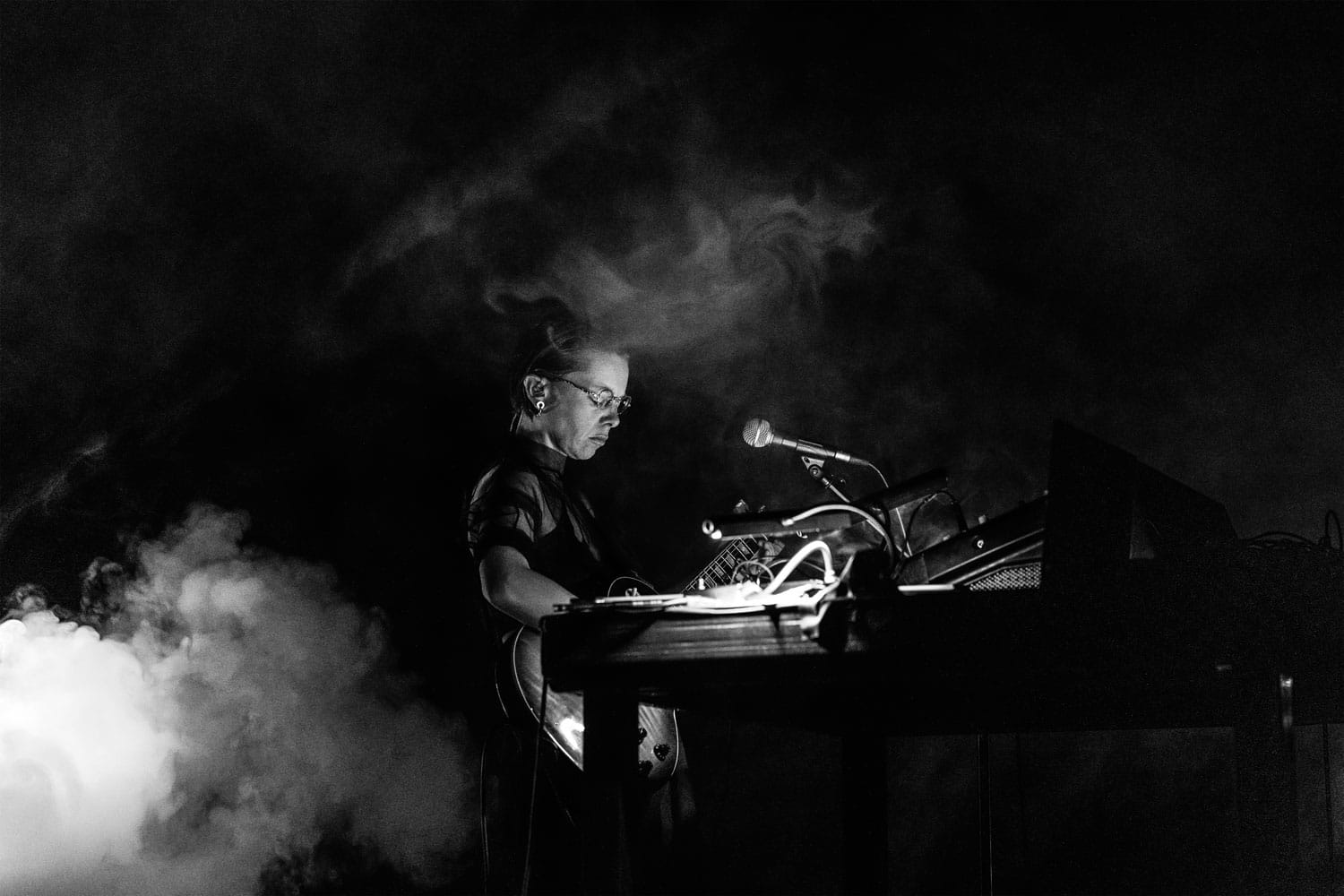
Minimalism, influence, and contrast
Minimalism and ambient music have always resonated with Aimée.
“I am inspired by composers and sound artists who use space and repetition as expressive tools and who allow emotion to emerge gradually. This sensitivity also influences how I choose instruments and gear. I often work with synthesizers that allow fine control of tone and modulation, as well as acoustic instruments such as piano and cello, which, for me, bring a sense of warmth and fragility.
“I enjoy creating a contrast between precision and imperfection, between the electronic and the organic. Although I am influenced by minimalism, I would not describe myself as a minimalist, as I like to build and layer many elements in my compositions.”
Recording the wind
In 2022, Aimée created a unique installation piece – Tuning the Wind. Since then, the celebrated piece has been adapted into multichannel, 4DSOUND, and stereo installations, as well as performed live on numerous occasions around the world.
“For Tuning the Wind, I recorded different types of wind and then categorised them by their intensity, texture, and pitch. I later processed and layered these recordings with synthesizers and harmonic elements. I asked myself what each sound was communicating and how I could transform it. For instance, a heavy gust might become part of a dynamic synthesiser chord, integrating the natural impulse of the wind with human-made instrumentation.
I have always been fascinated by how environmental sounds can hold emotional meaning when framed in a musical context. When recording, I listen carefully for movement and change rather than static sound. Wind, in particular, does not have a fixed tone, it takes shape only when it interacts with surfaces or space. This awareness became the foundation for the composition. My goal was not to document nature but to translate these recordings into a musical language that expresses movement, stillness, and depth.”
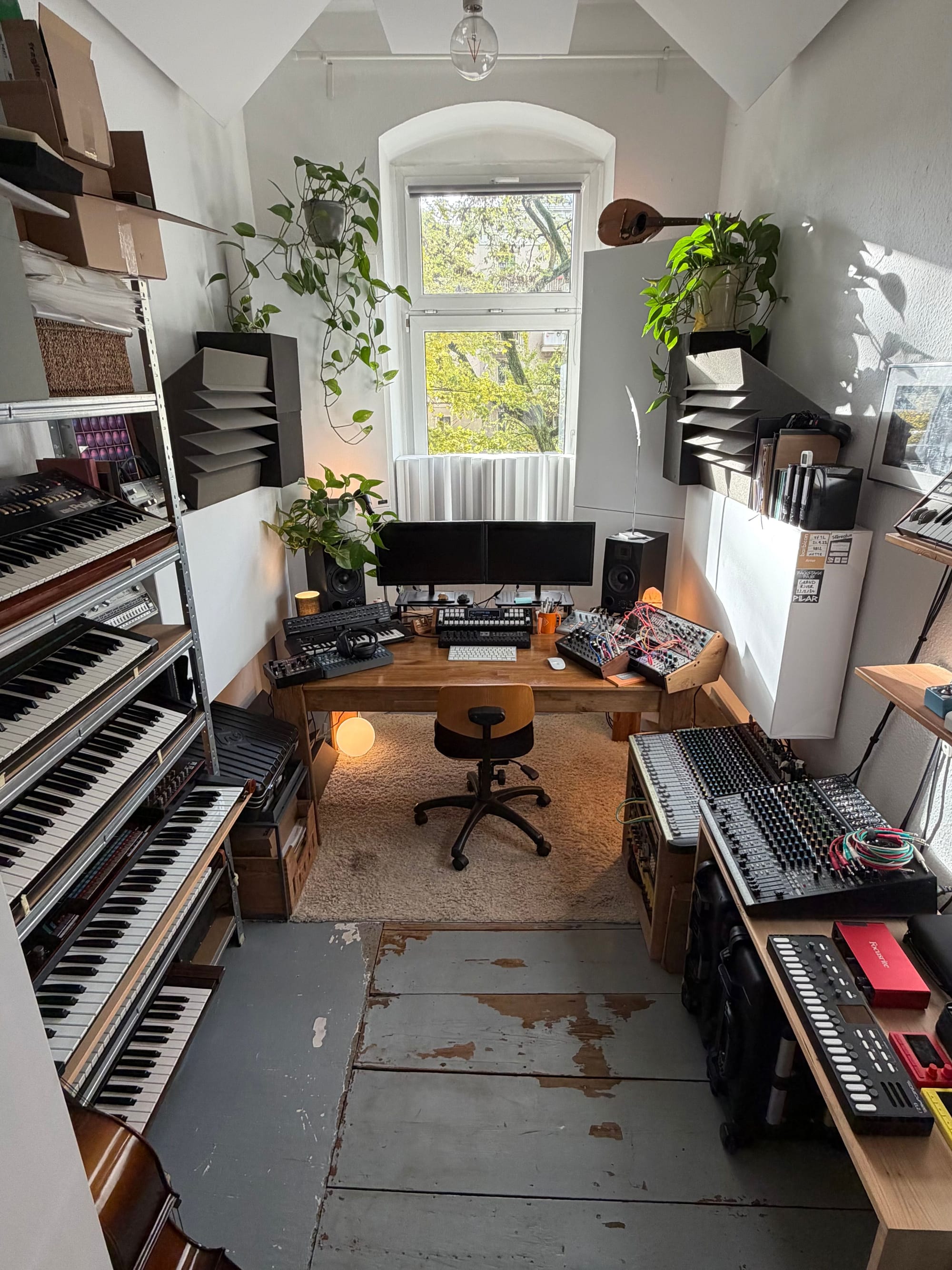
From generative and acoustic to emotional expression
“Each instrument or device I use has its own personality, and that naturally shapes the process. When I work with modular synthesis, for example, I tend to approach composition from a more generative and explorative mindset. When I use acoustic instruments such as piano or cello, I focus on emotional and melodic expression.”
“I first became interested in synthesis in my teenage years when I started experimenting with software synthesizers. Later, when I was able to get hardware instruments, I became fascinated by how tactile and physical the process could be.
“It opened a door for me to explore texture and tone beyond traditional harmony or rhythm, and it continues to play a big role in my practice.
“My setup is a combination of analogue, digital, and acoustic instruments. I use several hardware synthesizers alongside piano, guitars (both acoustic and electric), cello, and a modular system. I like to work with instruments that feel expressive and tactile. In the past, I used to buy and sell gear more often, but in the last few years, I have been more consistent, refining my setup to keep it fluid and inspiring. At the moment, I am not planning to change it much, as I still have so much to explore with the instruments I already have.”
“I really like to sequence with the Sequentix Cirklon and I enjoy processing sounds through external effects such as the Eventide H3000, distortion pedals, and modular effects such as the LedRover, especially for live shows, as well as the Roland Space Echo.”
“I would say that my favourites are the Yamaha DX, the Korg JX3P, my guitars, and my acoustic piano. I also value my Eventide H3000 effect rack and some of the Waldorf machines, which I love. Each of these instruments and devices brings its own personality and texture to my compositions.”
“I made a video some years ago for Ableton Loop where I talk a bit about my composition process:

Spatial sound and endangered birds
“Working with spatial sound allows me to think of composition not only in terms of time and melody but also in terms of space and dimension. With Symphony for Endangered Birds, I wanted to create an environment that envelops the listener, where one does not simply hear the sound but is surrounded by it. The piece uses the voices of seven endangered bird species, each representing a different continent, and weaves them into a 28-minute, seven-channel looped piece.
“The spatialisation was essential for this project, allowing the bird voices to orbit the listener and move around them. The aim was to evoke a sense of standing in the middle of a living dialogue of birds. The birds become present in the room as living entities whose songs speak of fragility, absence, and resistance.”
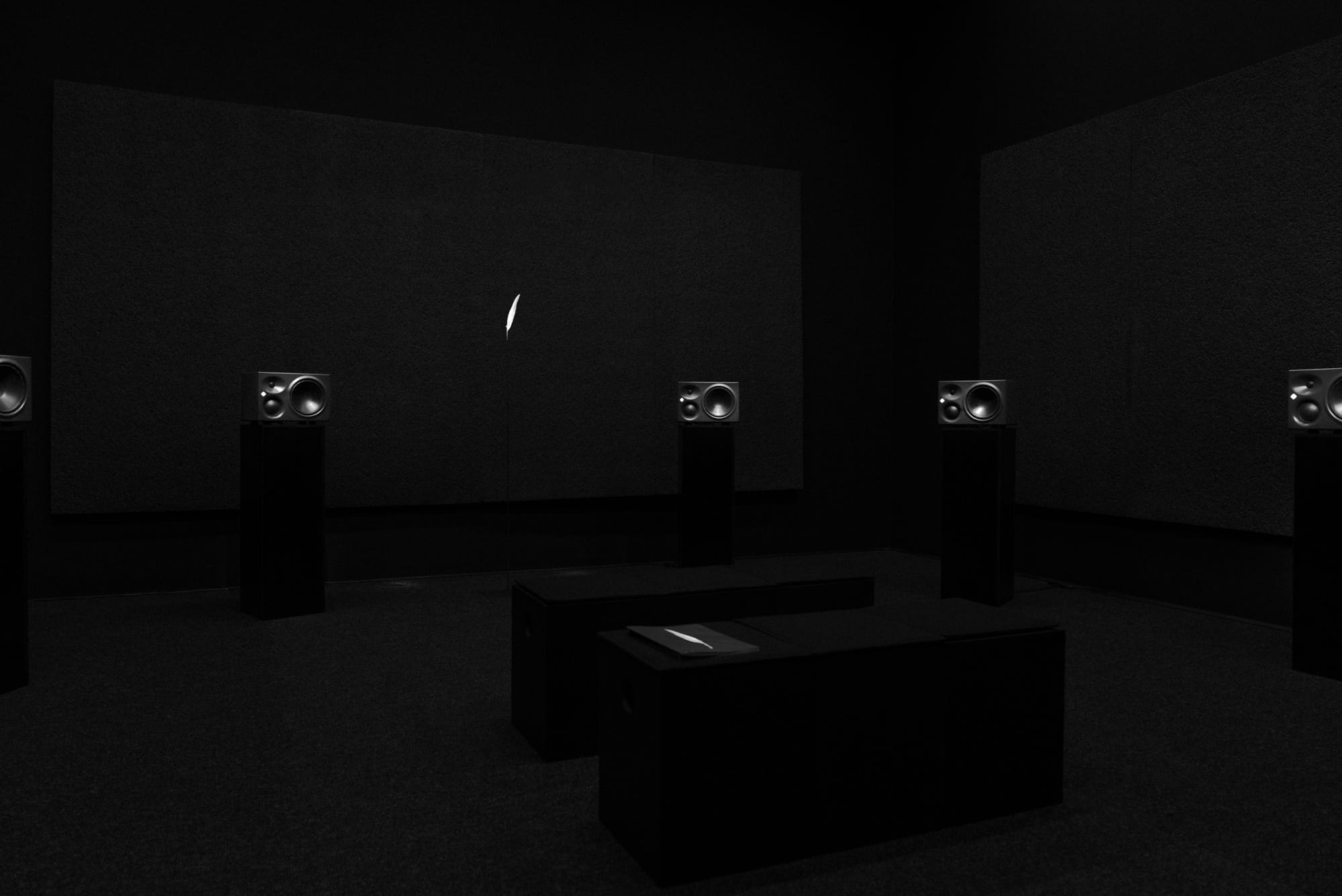
Aimée Portioli is a Berlin-based Dutch-Italian composer and sound designer who records and performs as Grand River. Portioli makes experimental electronic music with rich emotional colours. Her work, influenced by minimalism and ambient music, is atmospheric yet rhythmically complex, incorporating a wide range of contemporary compositional and production techniques.
The name Grand River evokes nature, scale, and movement, all key forces in Portioli’s work. Her first release as Grand River was 2017’s Crescente, which was named by XLR8R as one of the best releases of the year. She followed this with her debut album Pineapple (Spazio Disponibile, 2018), which garnered praise from The Quietus among others, while its follow-up Blink A Few Times To Clear Your Eyes (Editions Mego, 2020) was positively received by Resident Advisor and The Verge, and was elected among best albums of 2020 by Inverted Audio. Her work has separately appeared on compilations by Ghostly International, Tresor, and Longform Editions.
In 2023, her third album All Above, found its way back to shelves under Editions Mego. Then, in 2024, the new collaborative effort In uno spazio immenso emerged, a joint venture with Abul Mogard, debuted on Caterina Barbieri's light-years label.
In addition to her studio albums, Portioli also creates original sound art installations and has worked with 4D spatial sound on several occasions. In 2025, she released her latest album Tuning the Wind, which was created as an installation piece.
Portioli has performed at major international venues and festivals, including Barbican Hall, CTM Festival, MUTEK, Centre Pompidou, Kraftwerk, Funkhaus, WOS Festival, Berghain, and many more, under the name Grand River. Since 2016, she has run the label One Instrument that invites artists to respond to a unique creative brief – to create a piece of music using just one instrument.
Aimée Portioli holds a bachelor’s degree from the Faculty of Linguistics and Communication of Milan. Her thesis explored the psychology of the communicative function of music in media. Her work today is motivated by similar questions of sound and music as a form of communication that goes beyond language.


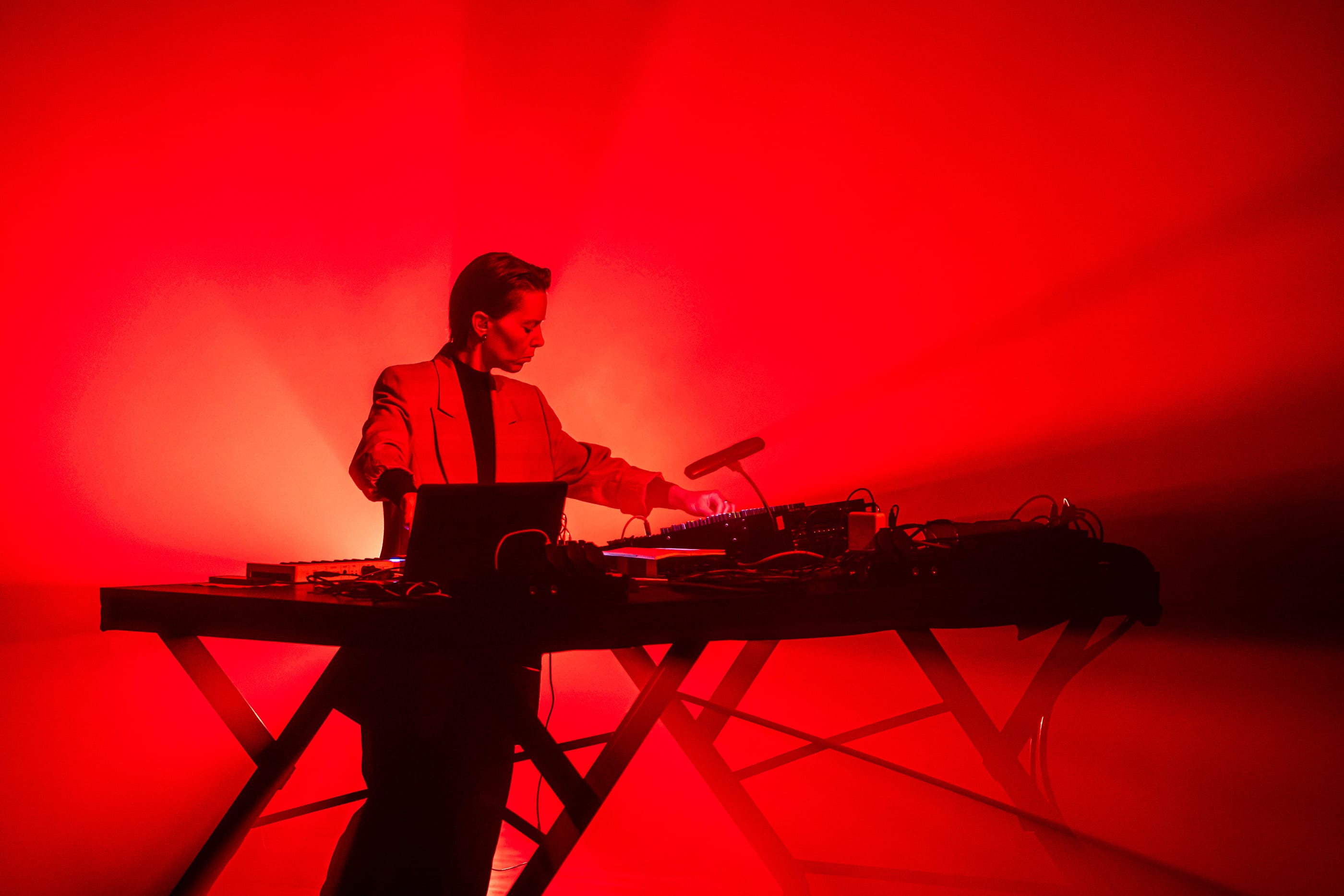

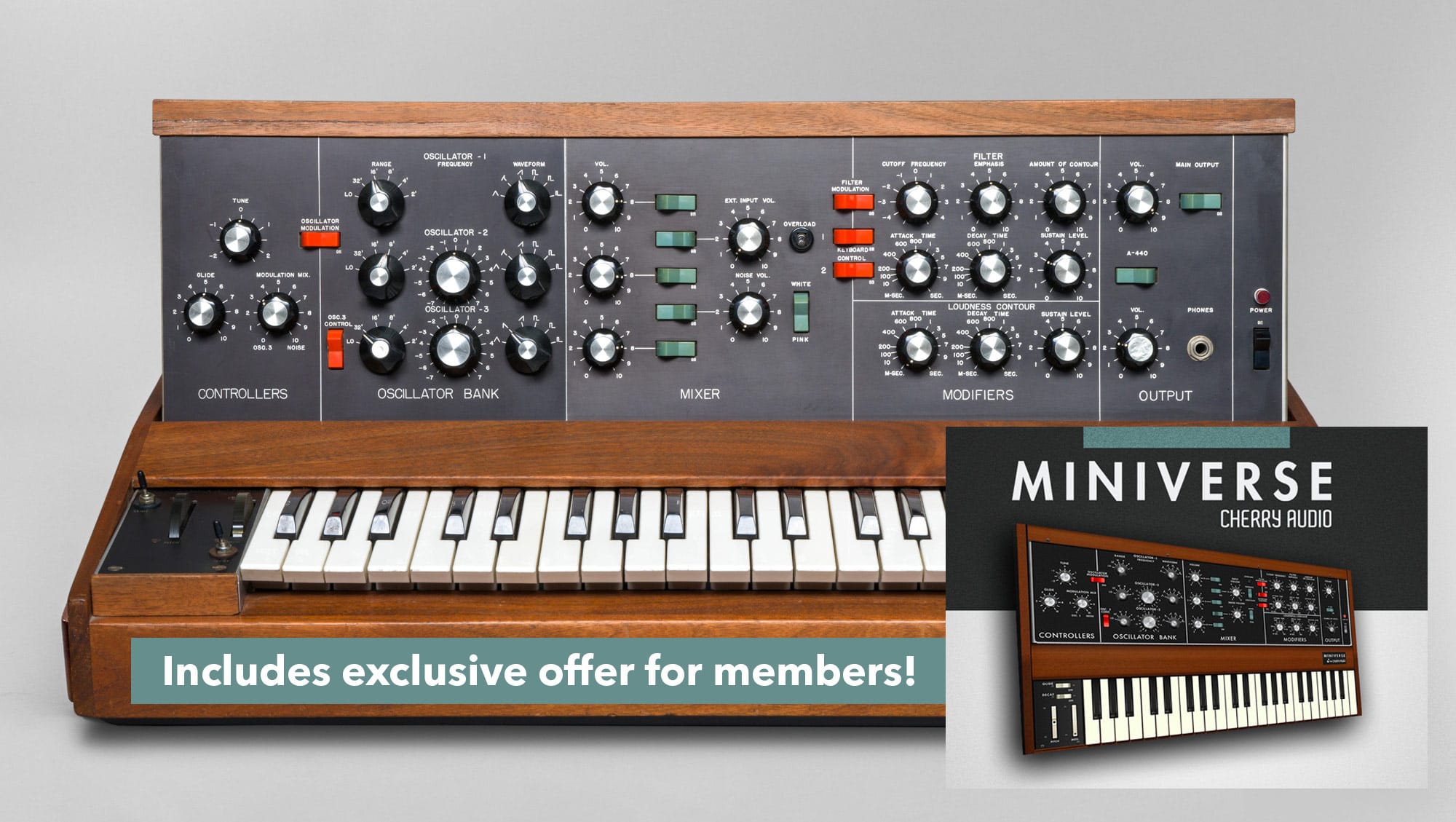

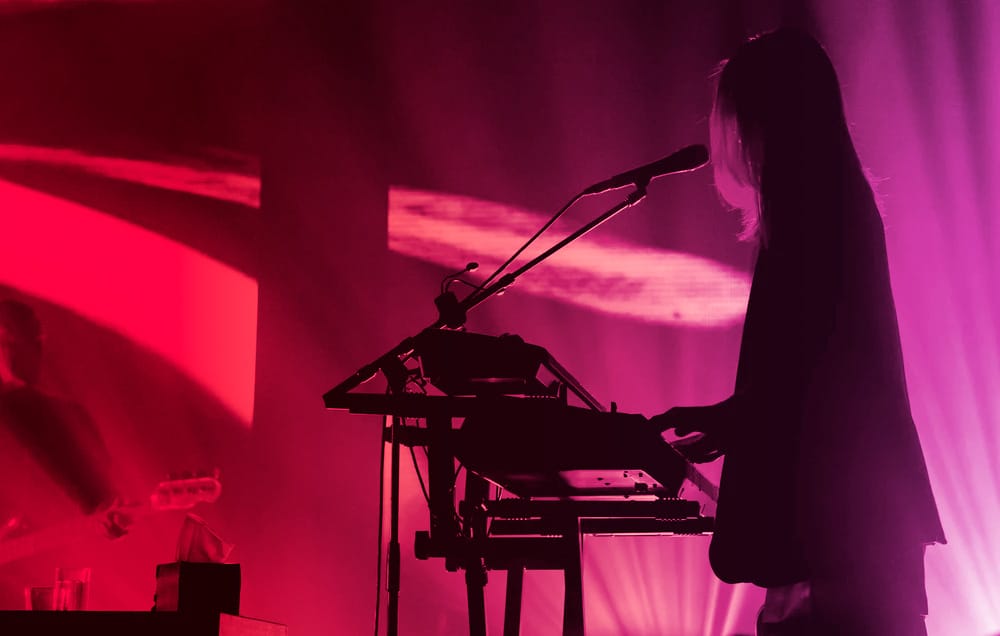
Comments